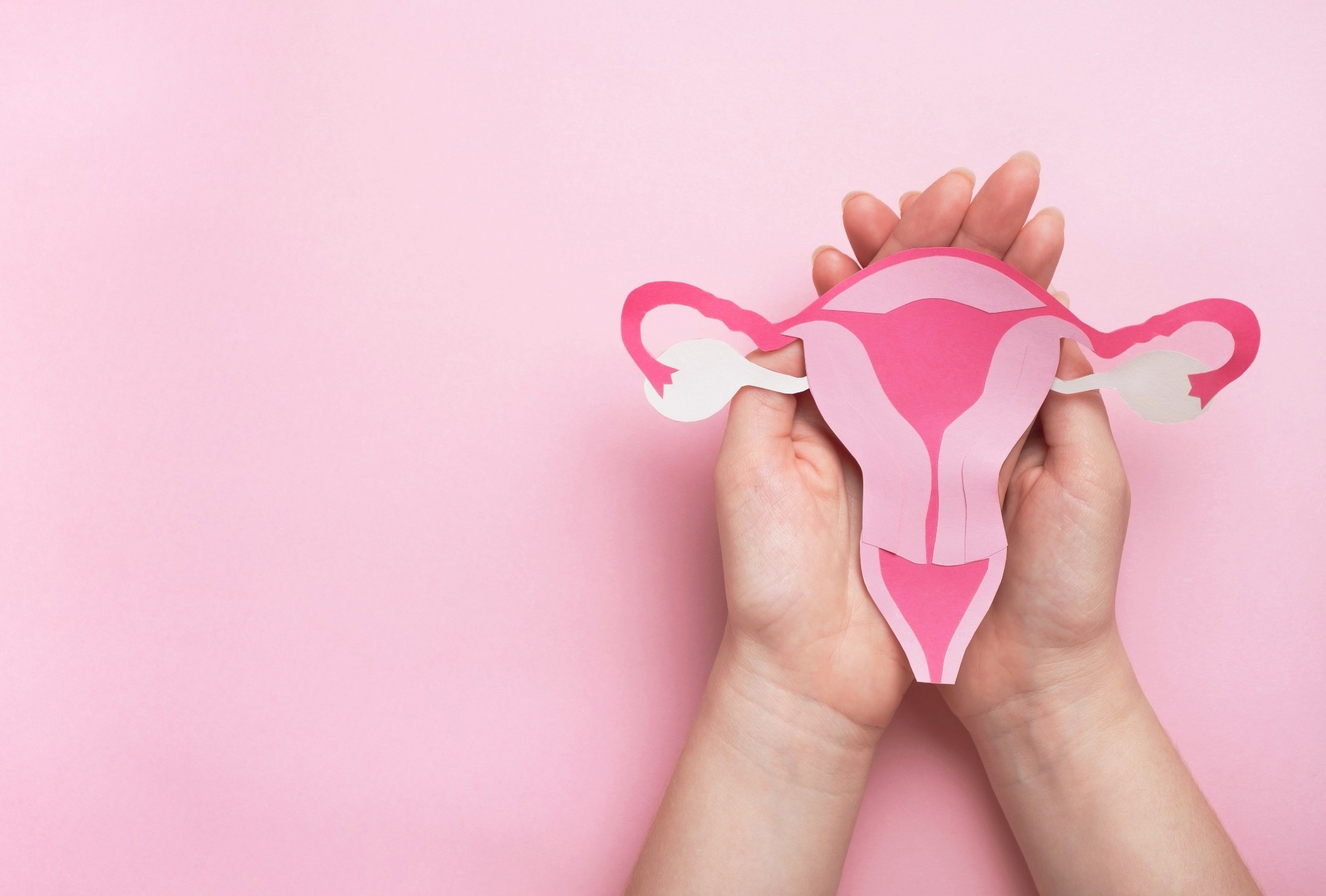Want to move closer towards a healthier lifestyle? Start walking. It’s easy, and it’s something you’re probably already doing. You might just need to up your step game.
Science backs this up: Two recent studies found that walking between 2,000 and 10,000 steps each day can reduce the risk of heart disease and cancer, and decrease the likelihood of premature death by at least 10 percent. Other research has linked walking to mental (improved mood and self-esteem) to physical (better sleep and decreased disease risk) benefits. “I have patients that come in because they are either self-motivated or motivated by other doctors, such as cardiologists, to become active, and the first thing I advise them to do is get out and walk,” says podiatrist Jacqueline Sutera, DPM, owner of City Podiatry in New York City.
Other movements can help, too—especially ones that occur naturally in everyday life: reaching, carrying, squatting, bending, etc. If you’re trying to add more activity into your daily routine, use these steps to engage your whole body as you move forward in your wellness journey.
Step One: Start with a solid base
Just like a tree trunk supports the branches of a tree, your feet provide the base for everything you do while upright. “Shoes help to support your feet, which are the foundation of your body’s ability to walk and function every day, so your choice of shoes can either help you or hurt you,” Dr. Sutera says.
Biomechanist Katy Bowman, an expert on how biology and physical mechanics impact human movement and the author of the book Rethink Your Position, agrees. “Wearing shoes that protect your feet but aren’t overly cushioned or structured allows your feet and ankles to move more comfortably,” she says. “Shoes that are flexible and have a wide enough toe box for toes to spread will provide more movement with each step.”
Choosing a shoe, such as Vionic’s Fortune and Walker (modern versions of classic styles), that includes technology to allow your feet to breathe and be flexible can help you move more. “Before, shoes of this kind were much heavier and clunkier, but these have light, cushy outsoles that provide shock absorption while maintaining grip on the ground, cupping the heel, and supporting the arch,” Dr. Sutera says. “This Vio-Motion Technology makes a huge difference.” And shoes that are stable and comfortable will make you more confident in your movements.
Step Two: Align yourself
Once you’ve secured a well-constructed pair of shoes, take note of your posture throughout the day. “When we think of ‘good posture,’ we often think ‘shoulders back,’ but we don’t need to pull our shoulders back so much as lift the rib cage and push the pelvis forward,” Bowman says. “This may seem like a subtle difference, but from a mechanical perspective, it alters the angles of your body—up to 30 degrees in some places—which correspondingly alters the way your body works.”
Engaging your core—the girdle of muscles that encompass your torso, including the pelvic floor—is key to everyday movements. “The core is the most stabilizing part of your body, so you have to engage it and make sure your back posture is aligned,” Dr. Sutera says. This means striving for a natural posture. “Don’t suck in your stomach but rather engage your core so you feel support in your lower back. Our core and lower back muscles oppose each other, so they both need to be engaged for balance.” How do you do this? Bowman suggests stacking your head over your shoulders and your shoulders over your hips (don’t lean forward).
Step Three: Create stability
Bowman also emphasizes that the way our arms move when we walk makes a difference in our overall health. “When walking we don’t often pay attention to using the full range of motion in our arms,” she says. “The way our arms move when we walk matters because their motion helps stabilize our torso and spine. A backward-swinging arm is not only great for reducing overuse of the spine when you walk, it is a built-in workout for the back of the upper arm.”
Your arms should swing when you’re walking quickly, but otherwise not so much. “If you tend to walk while holding a dog leash or a phone, this means you’ll need to mix up the holding hand,” she says. This way each side of your body gets loaded and worked the same way.
Step Four: Engage in a little variety
Make sure that you take a balanced approach to movement; small changes can help deliver benefits. “You can stretch your arms overhead, practice head ramping (sliding your head up and back to lengthen the back of your neck), and you can carry something to get more bang for your walking buck,” Bowman adds. “You can also vary your carry, which means mixing up how you hold a bag of groceries or books, for example, in order to use different core and arm muscles.”
That’s not the only bit of variety you need. “I recommend that everyone have a shoe wardrobe,” Dr. Sutera says. Two things our feet and bodies like? Moderation and variation. “Just like you can’t eat broccoli every day or you’ll miss out on other nutrients on your path to wellness, alternating between different pairs of supportive shoes lessens the chances of repetitive stress injuries to your feet and body,” she says.
Both the Fortune and Walker from Vionic are made with the company’s Active Motion System (AMS) technology, featuring podiatrist-designed orthotics. In addition to different looks, they also sport different benefits. The Walker has a more everyday feel and is made with a firm, thermoplastic heel counter for increased stability and support. The Fortune has a more athletic look and is designed to be lightweight for performance walking. These differences make alternating between the two beneficial, by providing a change in the load on your legs and your stability as you walk.
Step Five: Pay attention to aches and pains
Noticing minor issues with your feet before they have a chance to worsen is important. “Make sure you care for blisters or calluses as soon as you notice them,” Dr. Sutera adds. “They alter how you walk and feel and can lead to tendonitis and knee, hip, or back pain.”
With proper foot care and support, walking and other basic daily activities can become easier and more comfortable—which will allow them to have a positive impact on your physical and mental well-being.










